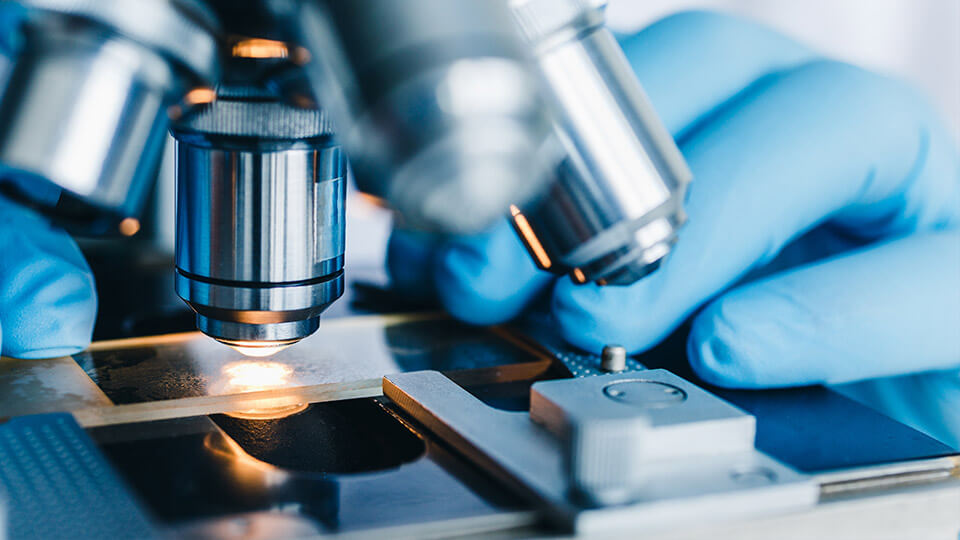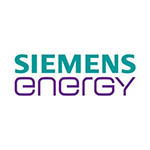Applications
Optromix R&D team, established in 2004, has an extensive experience in the development of fiber optic products and solutions, based on the advanced research work and patents of internationally recognized scientists.
- Oil & Gas
- Power Generation
- Power Transmission and Distribution
- Aerospace
- Shipbuilding
- Medicine
- Transportation
- Tunnels
- Security
- Fire Detection
- Robotics


Optromix, Inc. is a U.S. Manufacturer Based in Newton, MA.
Cutting-edge Fiber Optic Product Line
When producing fiber optic monitoring equipment, we always follow the world-class requirements and regulations. We provide customized fiber optic solutions to bring the most value to our customers and we guarantee outstanding performance of our fiber optic product lines.
- Optromix, Inc. is a top choice among the manufacturers of fiber Bragg grating monitoring systems
- We are dedicated to deliver the best products and support to our customers
- Our engineers have extensive experience and strong technical expertise in creating fiber optic products















